La Guajira Peninsula is one of the most visually stunning places in South America and is worth visiting. La Guajira Peninsula is a desert environment located along the northern coast of Colombia.
This is a desert region that is the northern tip of Colombia and South America. And the region is home to the indigenous Wayúu people.
Keep in mind this is a hostile desert climate that has made it pretty isolated since colonial times. Also, this barren peninsula is about 149 miles (240 km) long and no more than 31 miles (50 km) wide.
In addition,La Guajira is off the beaten path of foreign tourists and can provide an “end-of-the-world” feel. Furthermore, about a third of the driving is off-road. But if you are looking for a beach all to yourself, this adventure is for you.
Several tour companies in Santa Marta offer multi-day tours of La Guajira Peninsula. Also, we included La Guajira Peninsula in our list of 16 top things to do in Santa Marta.
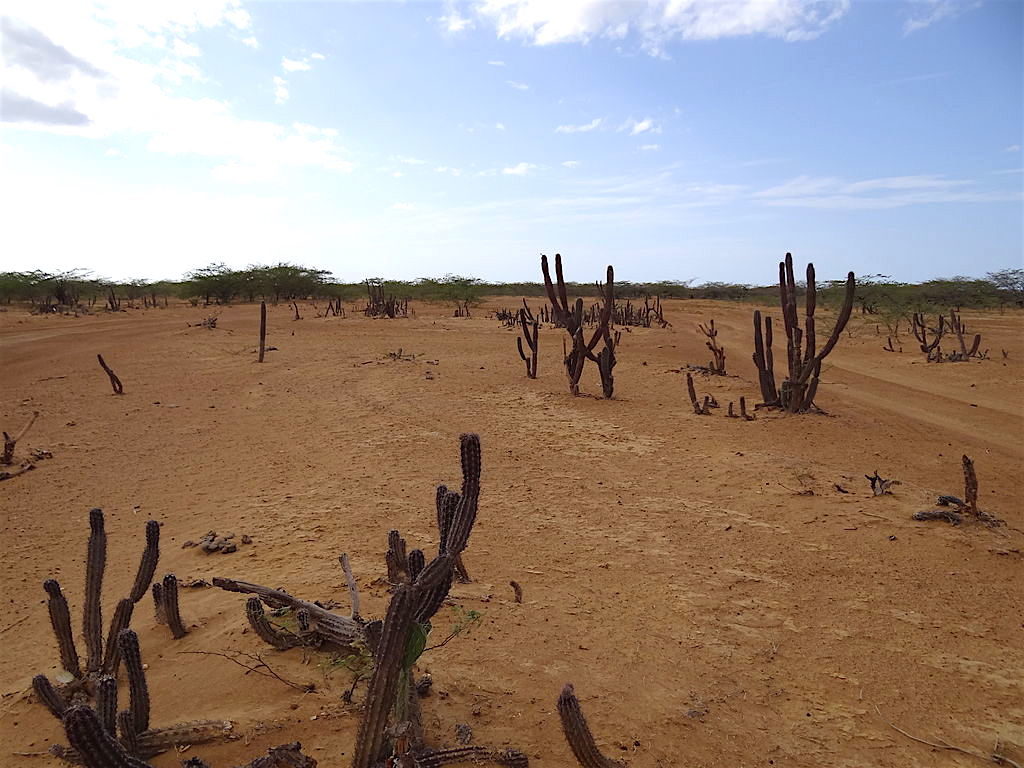
The desert in La Guajira, photo by Uhkabu
More About La Guajira
La Guajira is Colombia’s most northern department. It includes a vast desert along the coast and has a border with Venezuela.
The department is divided into three sub-regions. Upper Guajira covers the northernmost part of the peninsula, with mostly desert vegetation and it has only a low altitude mountain range, the Serranía de Macuira.
The Middle Guajira region is mostly flat, with some hills and also an arid environment.

La Guajira salt flats, photo by Uhkabu
The Southern Guajira covers the region of the Montes de Oca mountain range and the Serranía del Perijá mountain range on the border with Venezuela, and a valley formed with the Sierra Nevada mountain range. Southern Guajira has more wetlands and rivers.
The extreme north of La Guajira is the Macuira National Park (Parque Nacional Natural de Macuira). This 25,000-hectare park is a good place for bird watching with reportedly 140 different bird species.
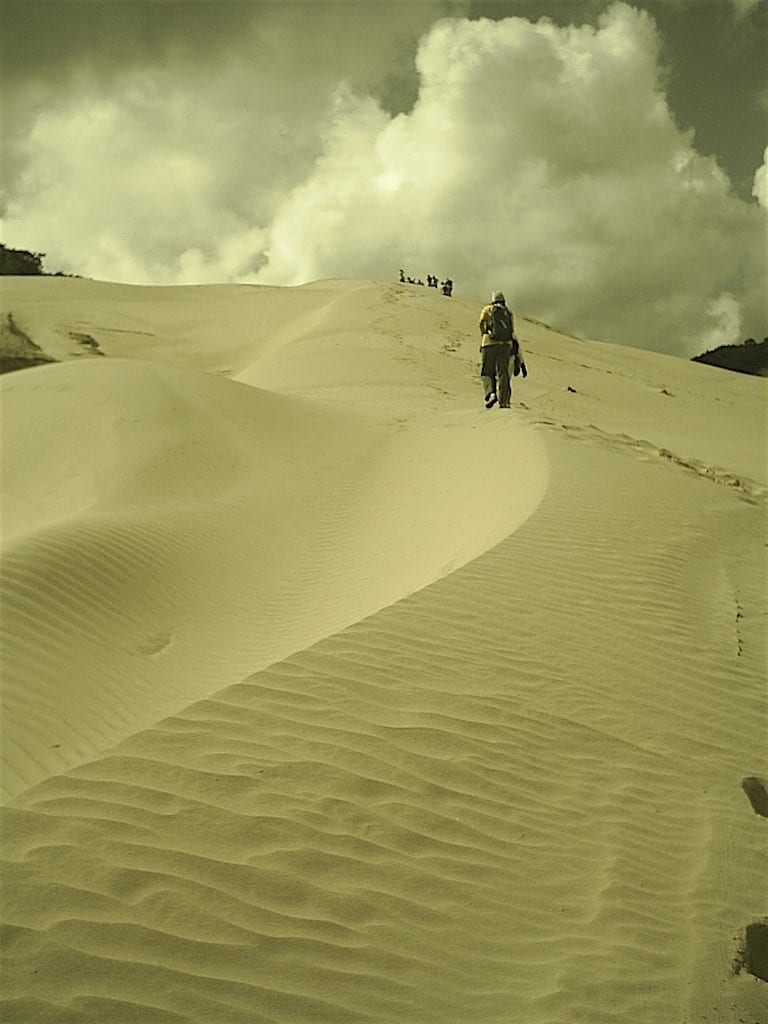
Sand dunes in the Macuira National Park located on the Guajira Peninsula, photo by Luis Alejandro Bernal Romero
The capital of the La Guajira Peninsula is Riohacha, which is about 109 miles (175) km northeast of Santa Marta. And it has a population of over 170,000. Also, this is where most La Guajira tours start.
Cabo de la Vela is a remote Wayúu fishing village even further away with several beaches and few people and is popular with tourists. In addition, a few tourists go further north to Punta Gallinas, the most northerly point in South America.

Wayúu women, photo by Macuira Tours
The indigenous Wayúu tribe lives in La Guajira. And the Wayúu are famous nationally in Colombia for their handcrafted bags.
7 Things to See and Do in La Guajira
Here are seven of the most popular things to see and do in La Guajira:

Pilón de Azucar, photo by Uhkabu
1. Hike up Pilón de Azucar
It takes about 10 minutes to hike up to the top of Pilón de Azucar (Sugar Loaf Column), which is near Cabo de la Vela.
From this hill you get amazing views of the northern coastline of Colombia. And there is a nice bay that is perfect for swimming. To get there, take a moto-taxi for about 5,000 pesos from Cabo de la Vela.

Kitesurfing at Cabo de la Vela, photo courtesy of Kite Center Eoletto
2. Kitesurf or Windsurf at Cabo de la Vela
There are at least two kitesurfing schools in Cabo de la Vela: Kite Addict and Kite Center Eoletto.
The price for a one-hour kitesurfing class is about 120,000 pesos. And a one-hour windsurfing class is about 75,000 pesos.
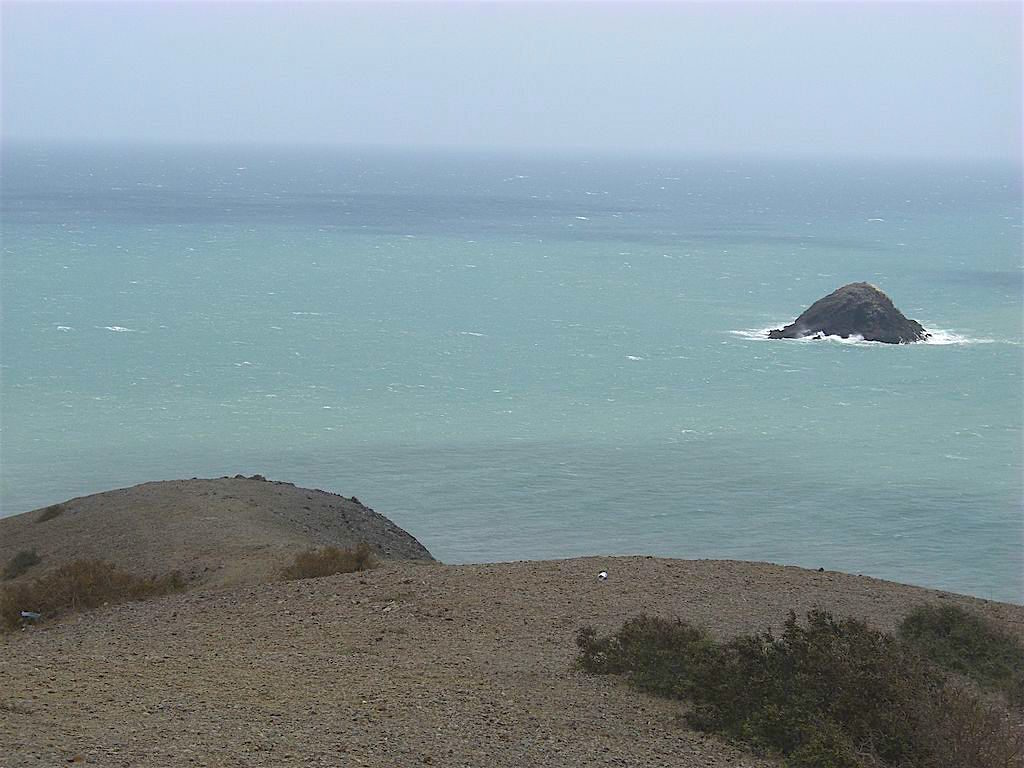
View from El Faro, photo by aPreciousdeRemate
3. See the View from El Faro
El Faro is a small lighthouse near Cabo de la Vela located on the edge of a rocky promontory. The view from here can be stunning with perfect sunsets.
El Faro is about a 3.5 km walk from Cabo de la Vela or you can take a moto-taxi for less than 10,000 pesos.

Ojo del Agua beach, photo by Uhkabu
4. Visit the Ojo del Agua Beach
Ojo del Agua is another very nice beach near Cabo de la Vela that is worth visiting.
Ojo del Agua is a beautiful half-moon shaped beach surrounded by 16-foot (5-meter) high cliffs.

Bahia Hondita, photo by Uhkabu
5. Explore Punta Gallinas
Punta Gallinas is the most northern part of Colombia and South America. Not all La Guajira tours go this far north.
If you do go to Punta Gallinas, make sure to stop at the lighthouse. Also, stop to see Bahia Hondita, where burnt orange cliffs surround a picturesque emerald-colored bay with a wild beach.
In addition, make sure to go to Playa Taroa, which has massive sand dunes pushing up to the turquoise-colored seas.

Flamingos in the La Guajira, photo by John Eduar Pérez
6. Visit Santuario de Fauna y Flora Los Flamencos
The Flamingo Sanctuary (Santuario de Fauna y Flora Los Flamencos) is a 770-square-kilometer wildlife sanctuary in the La Guajira Peninsula.
The main attraction here is the seemingly hundreds or even thousands of American flamingos. Getting a boat to see the flamingos easy as there are boatmen willing to make the journey all along the shoreline of the coastal lagoon where they live.
Flamingo season is typically from December to January. Other times of the year there will be fewer flamingos to see. This sanctuary is popular with bird lovers, as it’s home to several other species of birds, such as herons, hummingbirds and ducks.
This sanctuary is located between the fishing village of Camarones and the Tapias River and it’s near Riohacha.

Wayúu Bags have become popular among celebrities worldwide. You can pick up an authentic bag in La Guajira for a fraction of the price
7. Buy Wayúu Bags
Arguably, Colombia’s most famous and globally recognized artisan product, the mochila shoulder bags are woven by the indigenous Wayúu people living in La Guajira.
A purchase of one of these bags helps provide much-needed income to this poor community. Just remember that many artisans take hours or weeks of hard work to create these pieces, so expect to pay a fair price for them.
Be prepared to pay around 30,000 to 60,000 pesos for Wayúu bags here, which can be cheaper than in other places in Colombia. Of course, the prices vary depending on the size, quality and how complicated is the pattern.

One of the beaches in La Guajira, photo by Petruss
Tours of La Guajira Peninsula
Single- or multi-day tours of La Guajira Peninsula can be booked from tour companies in Santa Marta or Riohacha. However, single-day trips are not recommended, as it can take up to six hours to reach La Guajira from Santa Marta.
Access to La Guajira is via the capital of Riohacha. Also, all the La Guajira tours include guide, transport in 4WD vehicles, meals and accommodation in a hammock. In addition, accommodation in beds is sometimes available for higher price and alcoholic beverages are not included. There are several tour companies offering tours including:
- Magic Tour Colombia with an office in Santa Marta offers tours ranging from two-days and one-night to five-days with four nights. For example, the price for their three-day, two-night tour is 204.90 USD pesos person.
- Expotur with offices in Santa Marta and Riohacha offers tours ranging from two-days and one-night to four-days and three-nights. The price for their three-day, two-night tour is 797,000 pesos per person with two people.
- Kaí Ecotravel in Riohacha offers tours ranging from two-days and one-night to seven-days and six-nights. The price for their three-day, two-night tour is 715,000 pesos per person with two people.
- Guajira Tours in Riohacha offers tours ranging from two-days and one-night to seven-days and six-nights. The prices depend on how many people and if its high season. For example, their three-days and two-nights tour costs 728,014 pesos per person with two people during low season and 789,114 pesos during high season (Semana Santa and from December 15 to January 15).

Riding through the desert in La Guajira Peninsula, photo courtesy of Adrenaline Addicts
Also, Adrenaline Addicts in Santa Marta offers motorcycle tours of La Guajira.
How to Get to La Guajira Peninsula
The nearest big city to La Guajira Peninsula is Santa Marta. The Santa Marta Airport is named Simón Bolívar International Airport with code SMR.

The small Simón Bolivar airport in Santa Marta, photo by Jean Carlos
Simón Bolívar International Airport in Santa Marta currently has regular flights from three different airlines with direct flights to and from five different destinations, which will grow to seven destinations by December 18, 2018.
- Avianca – Bogotá, Cali, Medellín
- LATAM – Bogotá, Medellín
- VivaAir – Bogotá, Bucaramanga, Medellín, Miami (starting December 18, 2018), Pereira and San Andrés.
In addition, we previously provided a detailed guide to Simón Bolívar International Airport in Santa Marta. Also, I have flown from Medellín to Santa Marta several times for under $100 roundtrip.
Some foreigner tourists also travel to Santa Marta by road from other coastal cities in Colombia like Cartagena and Barranquilla. From Cartagena to Santa Marta it’s about 4-6 hours depending on traffic and if you go by car, van or bus. In addition, Santa Mara is at least a 14-hour bus ride from Medellín. So, I don’t recommend this.
Once you are in Santa Marta, if going to La Guajira Peninsula, you can book La Guajira tours from tour companies in Santa Marta.
Also, you can fly directly to Riohacha, which is the capital of the Guajira Department. But Riohacha’s small Almirante Padilla Airport only has flights available from Bogotá on Avianca and VivaAir starting on December 20, 2018. In addition, buses from Santa Marta to Ricohacha take about three hours.
Top Things to See and Do in Colombia
On the Medellin Guru website, we have been looking at some of the most beautiful places in Colombia in a series of top things to see and do in Colombia. This is due to many readers asking about several of these things to do in Colombia.
We have looked at 20 of the top things to see and do in Colombia, in alphabetical order:
- Caño Cristales – the most beautiful river in Colombia, which has also been called the most beautiful river in the world by some people.
- Carnival in Barranquilla – the second largest carnival in the world.
- Cartagena – Oozing history, romance and sun-drenched beaches, the allure of historical Cartagena is hard to resist.
- Ciudad Perdida – the site of an ancient city in Colombia that is older than Machu Picchu in Peru.
- Colombia’s Pacific coast – often overlooked by tourists visiting Colombia but offering untamed nature and undiscovered beauty that is off the beaten path for most foreign tourists.
- Desierto de la Tatacoa – the second largest arid zone in Colombia is Tatacoa Desert, which has surreal desert landscapes and some of the best stargazing in Colombia.
- Guatapé – a picturesque pueblo near Medellín known for its huge rock and lake. And it’s likely the most visited pueblo in Colombia by foreigners.
- La Guajira Peninsula – one of the most visually stunning places in South America, which is located on the northern tip of Colombia where the desert meets the sea.
- Las Lajas Sanctuary – the most beautiful church in Colombia, which has also been called the most beautiful church in the world.
- Medellín’s Christmas lights – Medellín’s annual world-class Christmas lights known as Alumbrados Navideños.
- Medellín’s Feria de Las Flores – Medellín’s world-famous flower festival each year.
- Parque Nacional Natural Los Nevados – a popular national park in Colombia located in the heart of the Colombian coffee region.
- Parque Tayrona – known for its beautiful beaches and the world’s highest coastal mountain range.
- Popayán – a colonial gem in Colombia best known for its white buildings and churches, it’s a city off the beaten path for foreign tourists but is definitely worth visiting.
- Rio Claro Nature Reserve – located about three hours from Medellín, Rio Claro is the perfect place to unplug from hectic daily life and enjoy a picturesque crystal-clear river, canyon and tropical rainforest.
- Salento and the Cocora Valley – Salento is a picturesque pueblo in Colombia’s coffee region and the nearby Cocora Valley is one of the most striking landscapes found in Colombia.
- San Agustín Archaeological Park – the largest group of pre-Columbian monuments and megalithic statues in South America and is a UNESCO World Heritage Site.
- San Andrés – Colombia’s Caribbean island which is a UNESCO World Biosphere Reserve featuring many beaches, islets and coral reefs that are filled with flora and fauna.
- San Gil – Colombia’s adventure capital that is full of things to do including white water rafting, paragliding, caving, rappelling, hiking and much more.
- San Jose del Guaviare – a hidden gem and eco-tourism location off the beaten path and offering wildlife watching, jungle trekking and delving into Colombia’s prehistoric past.
Also, we included La Guajira Peninsula in our list of the top 20 tourist attractions in Colombia.

Walking on a beach in La Guajira, photo by Jonathan Dalrymple
The Bottom Line La Guajira Peninsula
La Guajira Peninsula is off the beaten path of foreign tourists but it’s worth visiting, particularly if you are traveling to Santa Marta, as it’s located nearby. La Guajira has many beautiful beaches that are mostly empty. And it has some amazing scenery with the desert meeting the sea.
We highly recommend going on a tour to La Guajira and not going on your own. However, don’t go on a tour of La Guajira expecting 3-star hotels. Accommodations on La Guajira tours tend to be hammocks with maybe some beds available for an extra price. Also, don’t expect your cellphone to work everywhere.
Sign up for the Free Medellin Guru Newsletter – You can see all of the previous Medellin Guru weekly email newsletters and sign up here.


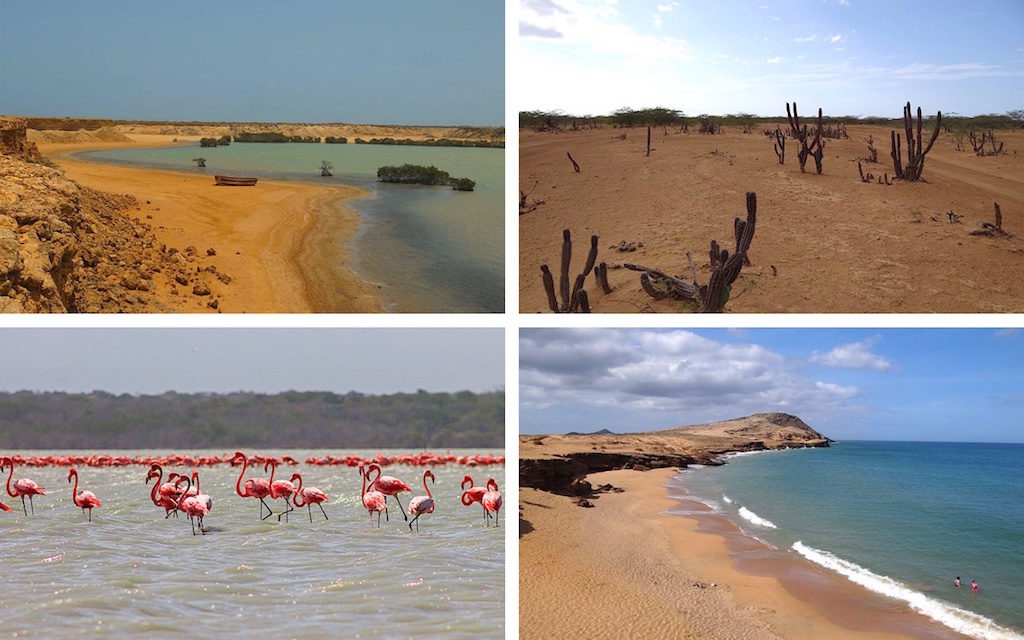
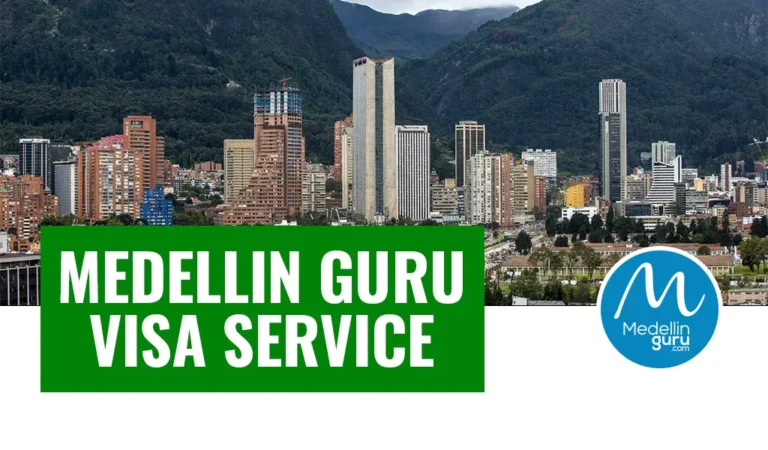
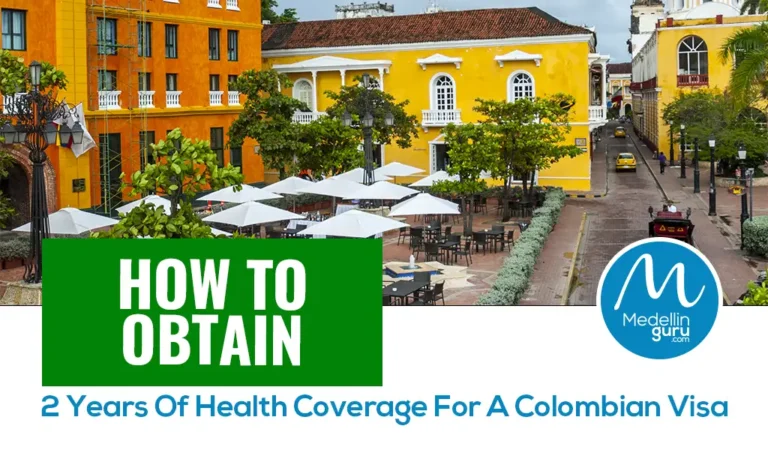




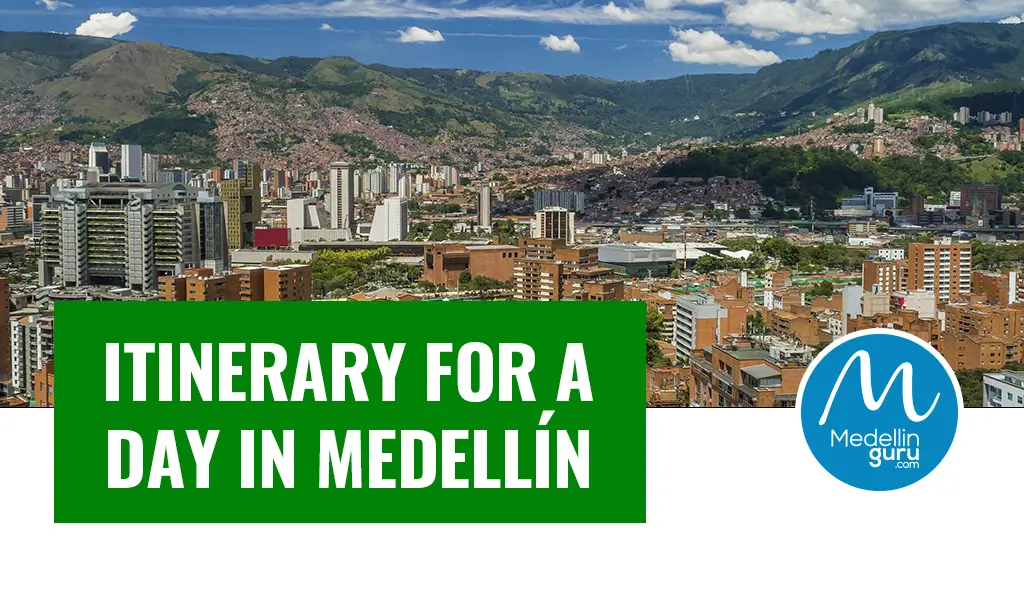
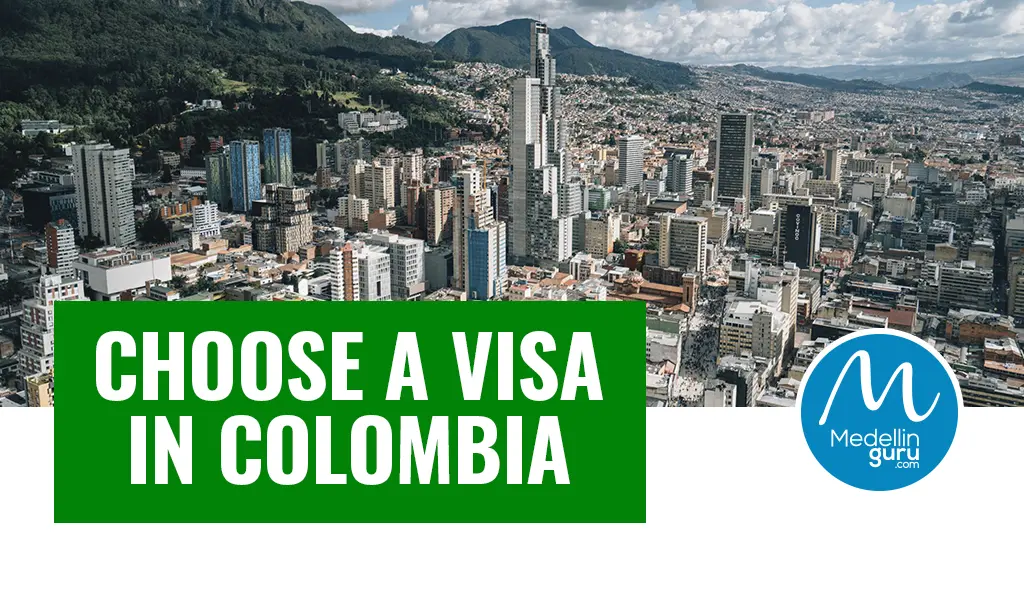
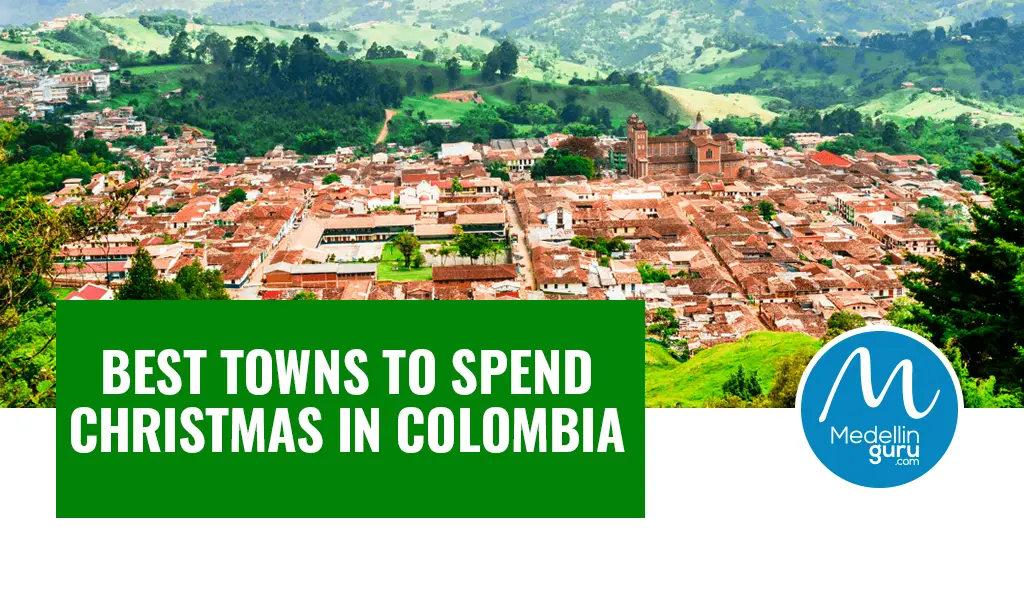
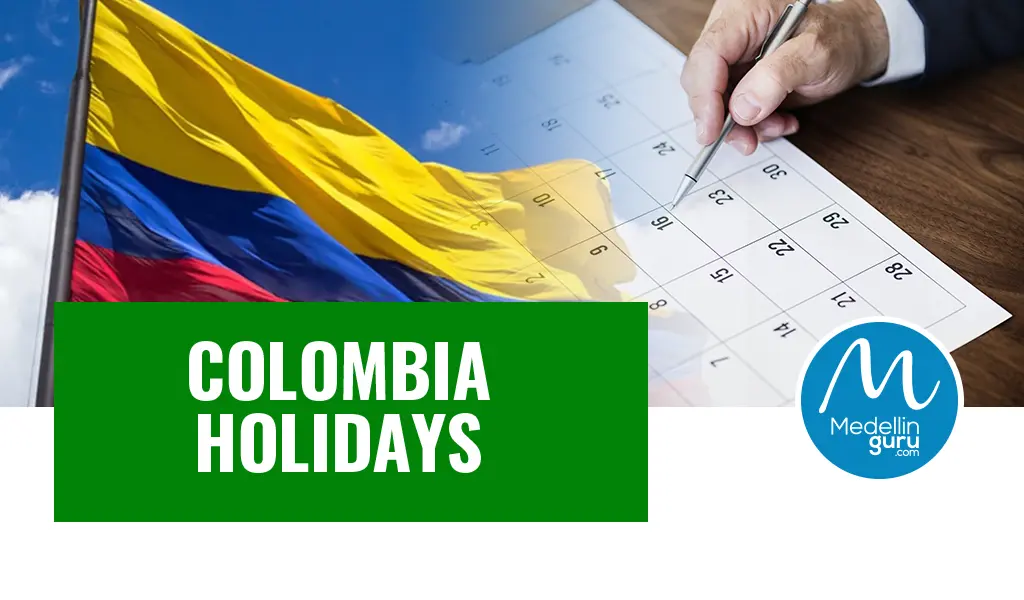



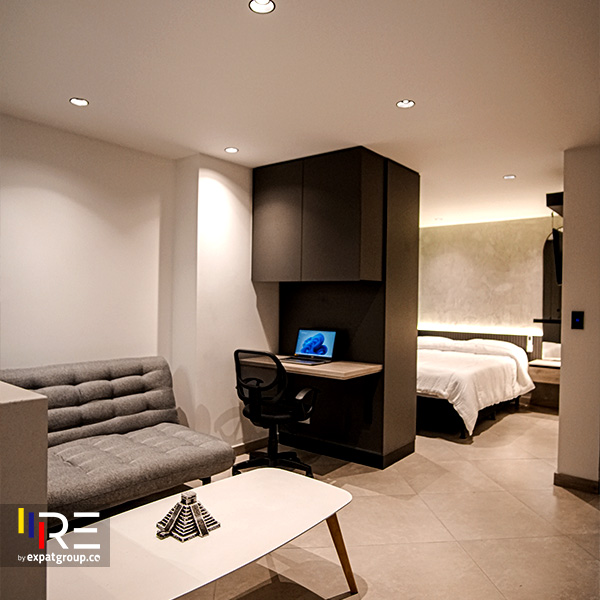








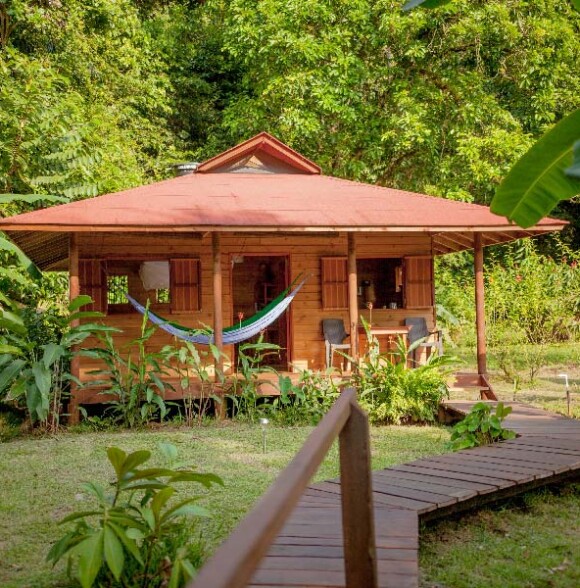

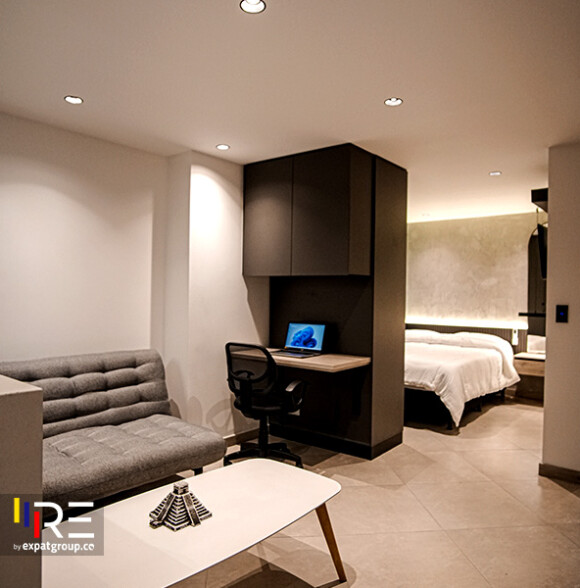





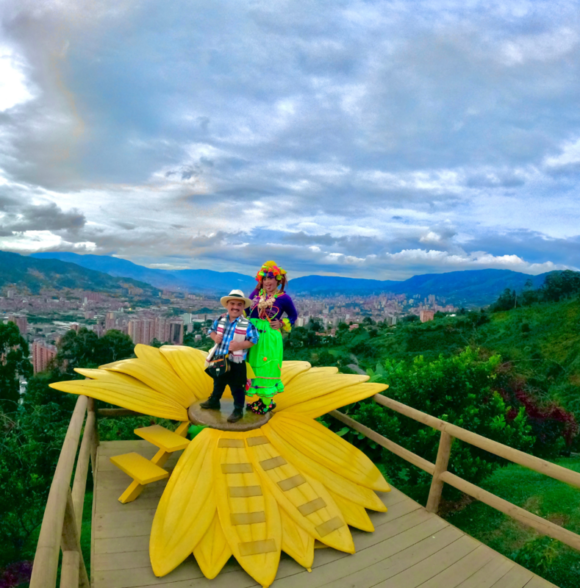


8 thoughts on “La Guajira: A Guide to Where the Desert Meets the Sea in Colombia”
Do you know anything about sportfishing in LaGuajira? I am particularly interested in fly fishing for species like bonefish, tarpon, snook, and permit.
Great write up! My wife and I visited Cabo de la Vela and Punta Gallinas back in July. It was a trip I had wanted to do since arriving in Colombia in 2011. Really spectacular landscapes, especially in Punta Gallinas. If you’re comfortable with your Spanish, you can get to Cabo de la Vela without a prearranged tour and then get transportation to Punta Gallinas. You can learn about our experience here: https://www.cartagenaexplorer.com/visit-punta-gallinas-travel-guide/.
Also, the town of Palomino makes for a good stop on the way up or back down the peninsula.
Thanks mucho for all this interesting info! What I appreciate the most is the info about all different regions of Colombia, not just Medellin! I am in Cartagena and I read your newsletter regularly. Will make a “to do (visit)” list based on your info! Thanks again!
This is amazing! Those views are incredibly beautiful.
Hi Haley, thanks, yes the views you can see when visiting La Guajira are beautiful.
How about security?
I went with a tour and no security problems at all. If you go on your own I suspect is more risky.
Thanks, nice post. Looks like I need to check out La Guajira next time I go to Santa Marta.